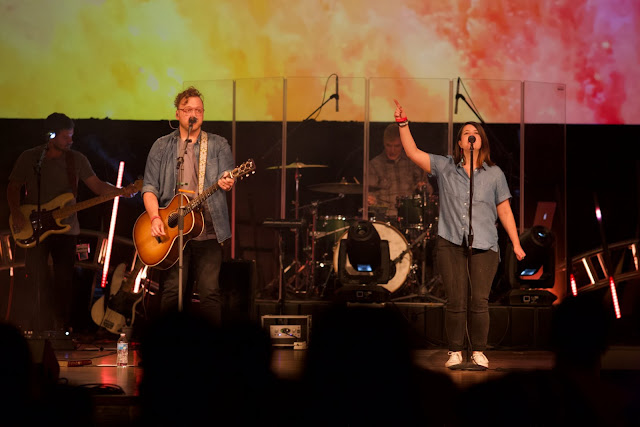Dynamic Dinosaurs
My favorite dinosaur is the stegosaurus, but regardless of whatever your favorite dinosaur is, I hope to make you at least conscious of the dynamics of any song.
If you’re going to learn a song that doesn’t have sheet music, you have to listen to it. But what exactly are you supposed to listen for? What's the most important thing to learn in the song as a drummer? I believe that it's the overall song's dynamics.
intro - verse 1 - chorus - intro - verse 2 - chorus - bridge - bridge - chorus
Wait. There was no music in that! There were no drum parts! That’s just a bunch of words! Just hang with me. As a drummer, you need to know where you are and where you're going next in the song. And it's your job to lead others into the next part of the song. So, you have to know the form of the song. The song’s “form” is just a fancy way of referring to the sections of a song. You have to define those sections if no one else has.
Each section of the song should have an overall dynamic level. Sometimes the intro is louder than the verse. Sometimes the verse is louder than the intro. Whatever the case may be, the easiest way to figure out the dynamic levels is to ask yourself, “Is this section louder, softer, or the same as the last one?” Your answer to that question needs to be reflected in your playing.
I think it's important to note that this concept ought to be applied regardless of how many drums or cymbals you use. If you have only a kick drum and nothing else, you can still (and should) change your playing to accommodate the dynamics of each section, instead of trying to play the same part as the recording which was done on a full drum set.
Each section of the song should have an overall dynamic level. Sometimes the intro is louder than the verse. Sometimes the verse is louder than the intro. Whatever the case may be, the easiest way to figure out the dynamic levels is to ask yourself, “Is this section louder, softer, or the same as the last one?” Your answer to that question needs to be reflected in your playing.
I think it's important to note that this concept ought to be applied regardless of how many drums or cymbals you use. If you have only a kick drum and nothing else, you can still (and should) change your playing to accommodate the dynamics of each section, instead of trying to play the same part as the recording which was done on a full drum set.
Another helpful tip is to find the climax of the song. Just pick one. One point in the song that is the loudest, fullest, biggest. And then don't play as full as you can until that section of the song. Hold back the sections before. Don't show your hand until the climax section.
Learning what the drummer played, especially the kick pattern, is still important. I don't want to throw that out the window. But I believe that if you don’t learn the kick pattern but learn the form of the song and dynamic level of each section, you are still able to serve the song very well. Ideally, you and the bass player learn the same kick pattern by listening to the same recording so that you potentially “lock in” together on your first try. Also, more than likely, what the drummer played in the recording served the song in his or her context and is a great place to start.






Comments
Post a Comment